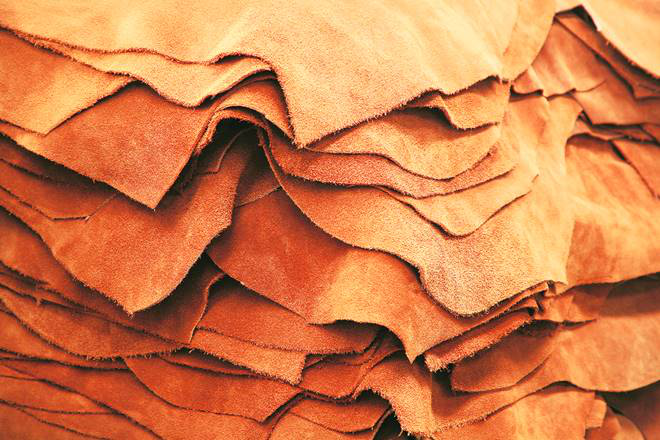Biotechnology in Leather Industries

Leather-making is a comparatively complex and labor-intensive process, based on high priced raw materials and chemicals.
The use of biotechnological processes in leather industries reduces the adverse effect of chemicals in the environment. Enzymes can use in many steps of leather making like in soaking, dehairing , dyeing, decreasing or in sewage and solid waste treatment.
The enzymes cut use of a toxic chemical used to ‘burn’ hair from the hides: sodium sulfide, by 60 percent.
They reduce water use in soaking and dehairing by one-quarter, and the toxicity of the effluent is greatly reduced. The process reduces energy use and emissions of greenhouse gas by almost 30 percent.
Most of these industrial enzymes are produced or extracted from microorganisms but they can be obtained from animals and plants as well.
The production of most of the enzymes is done in deeply submerged fermentation and a few are best produced in semi-solid media. Most fermenters used are of the submerged type because the submerged fermenter saves space and is less complicated to engineering control and design.
International Conference on Industrial Biotechnology and BioprocessingCopenhagen, Denmark
August 16-18, 2018
http://industrial-biotechnology.alliedacademies.com/
Comments
Post a Comment